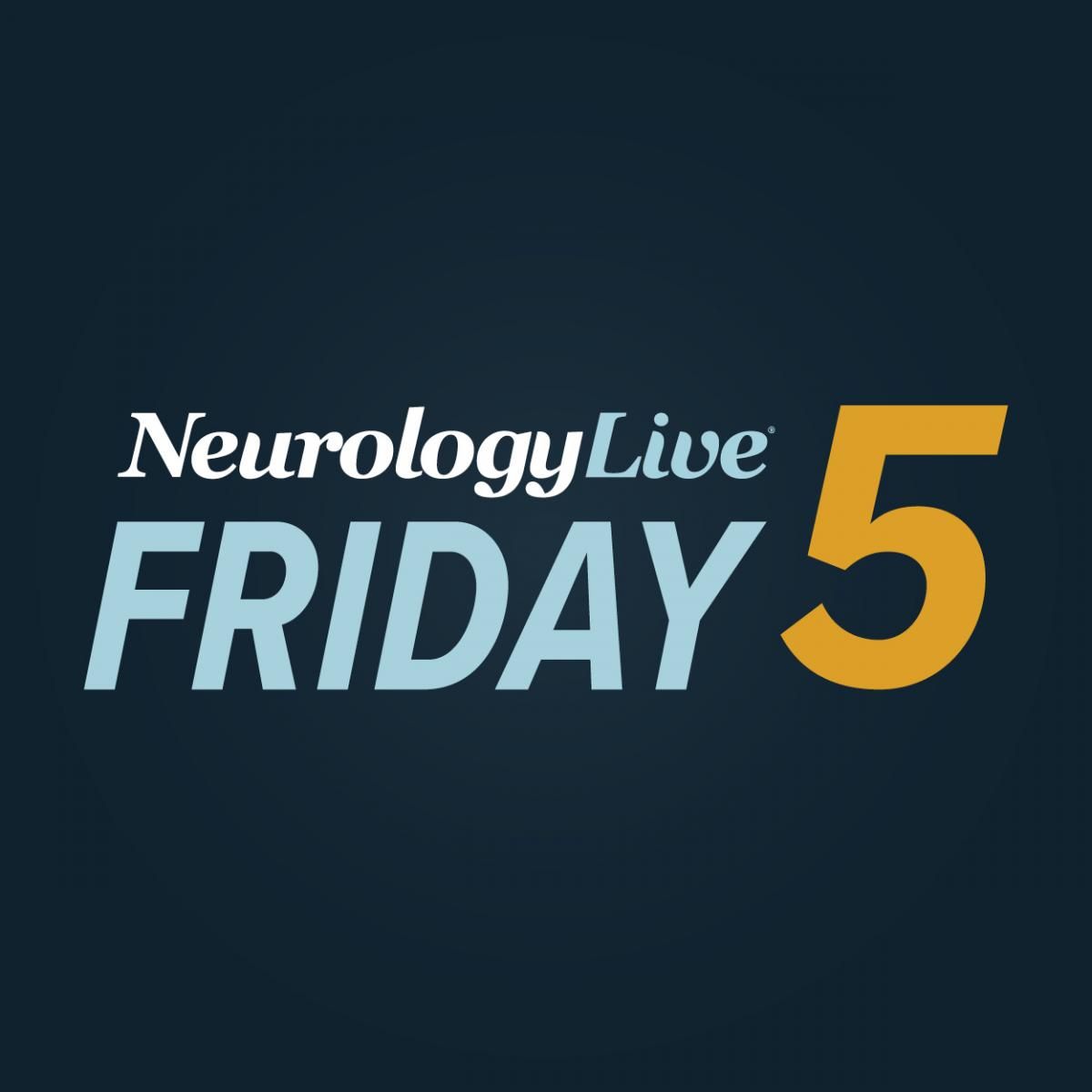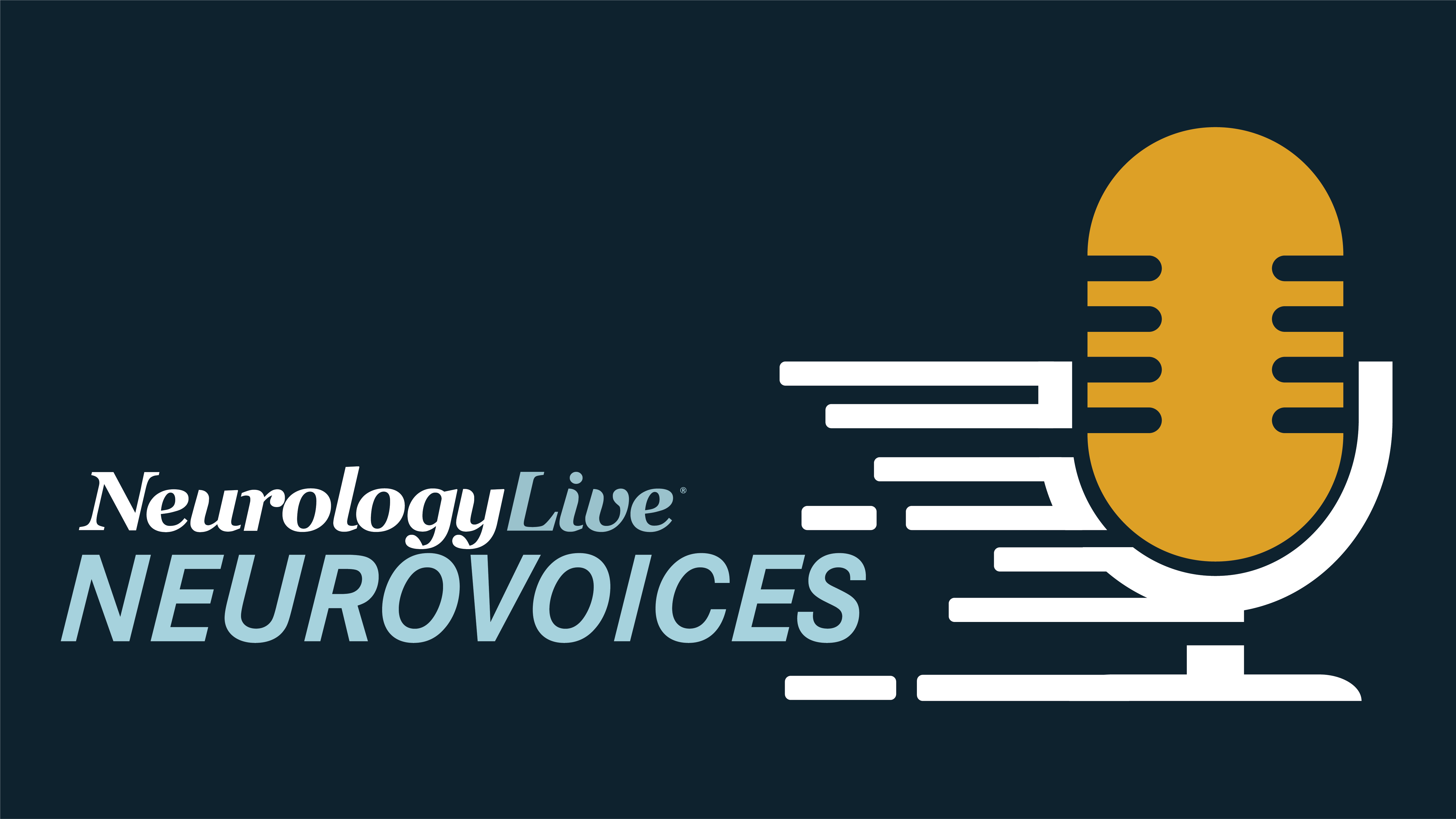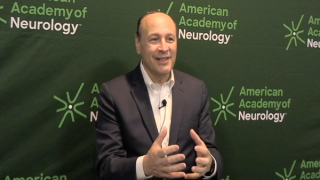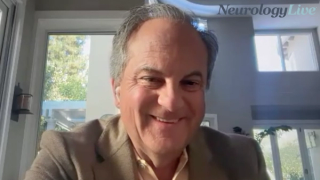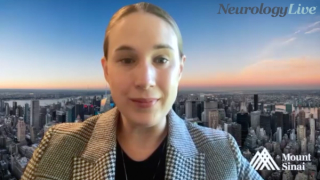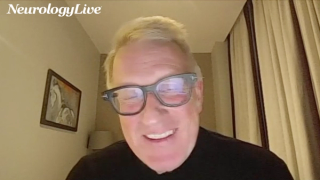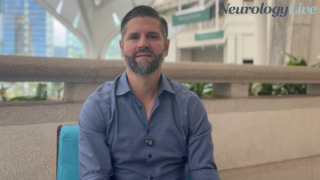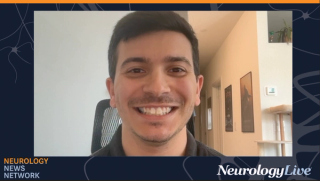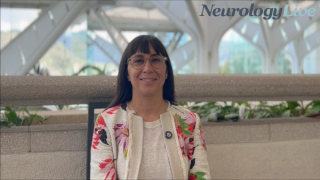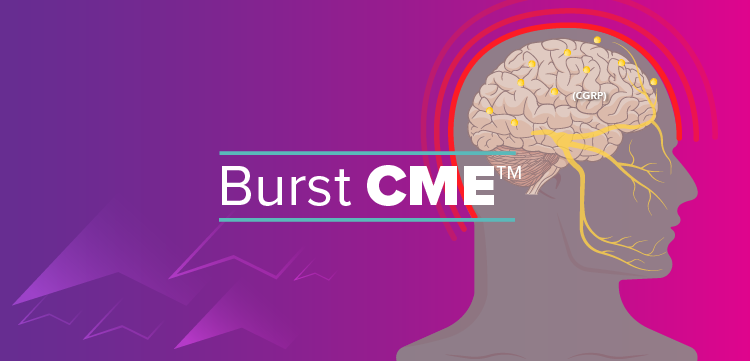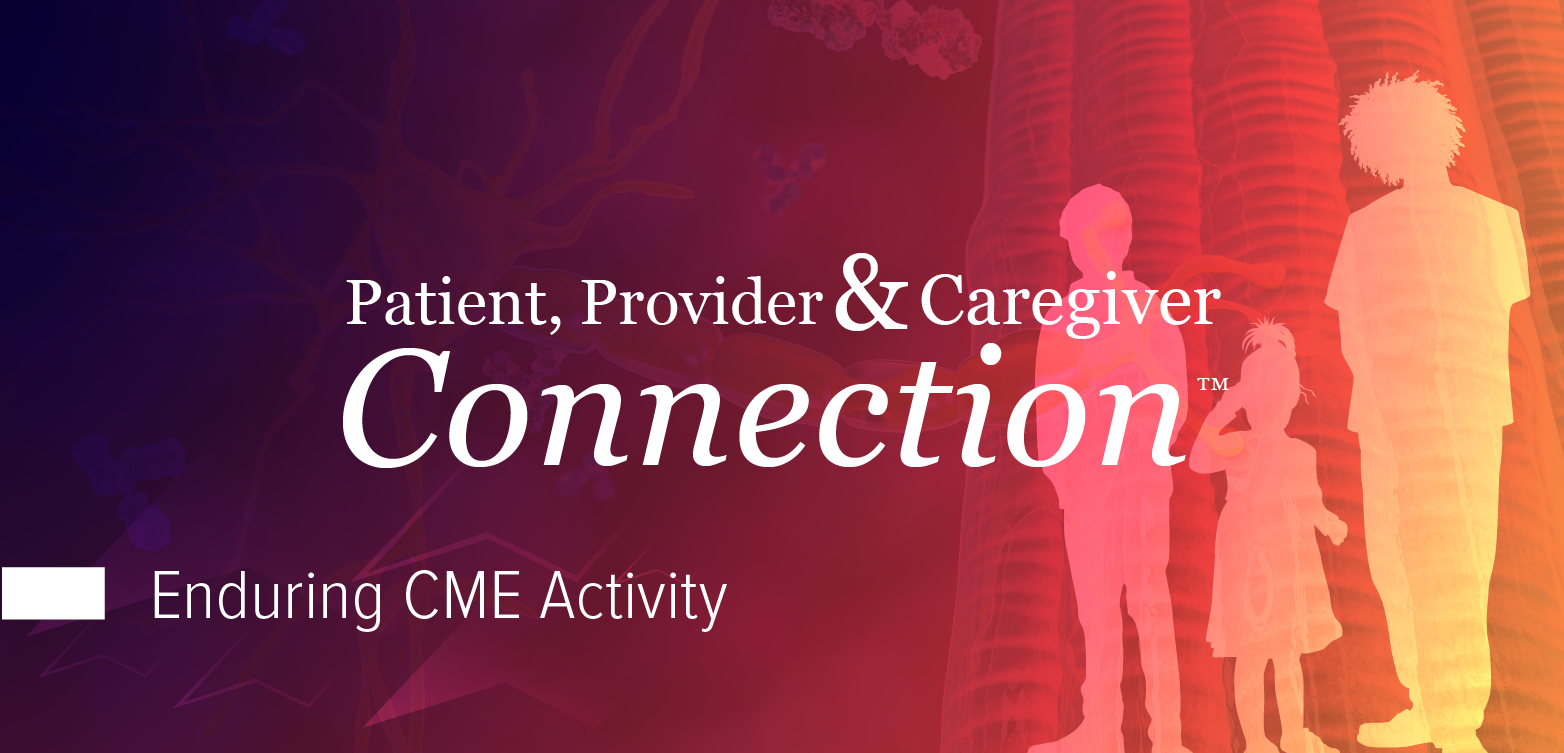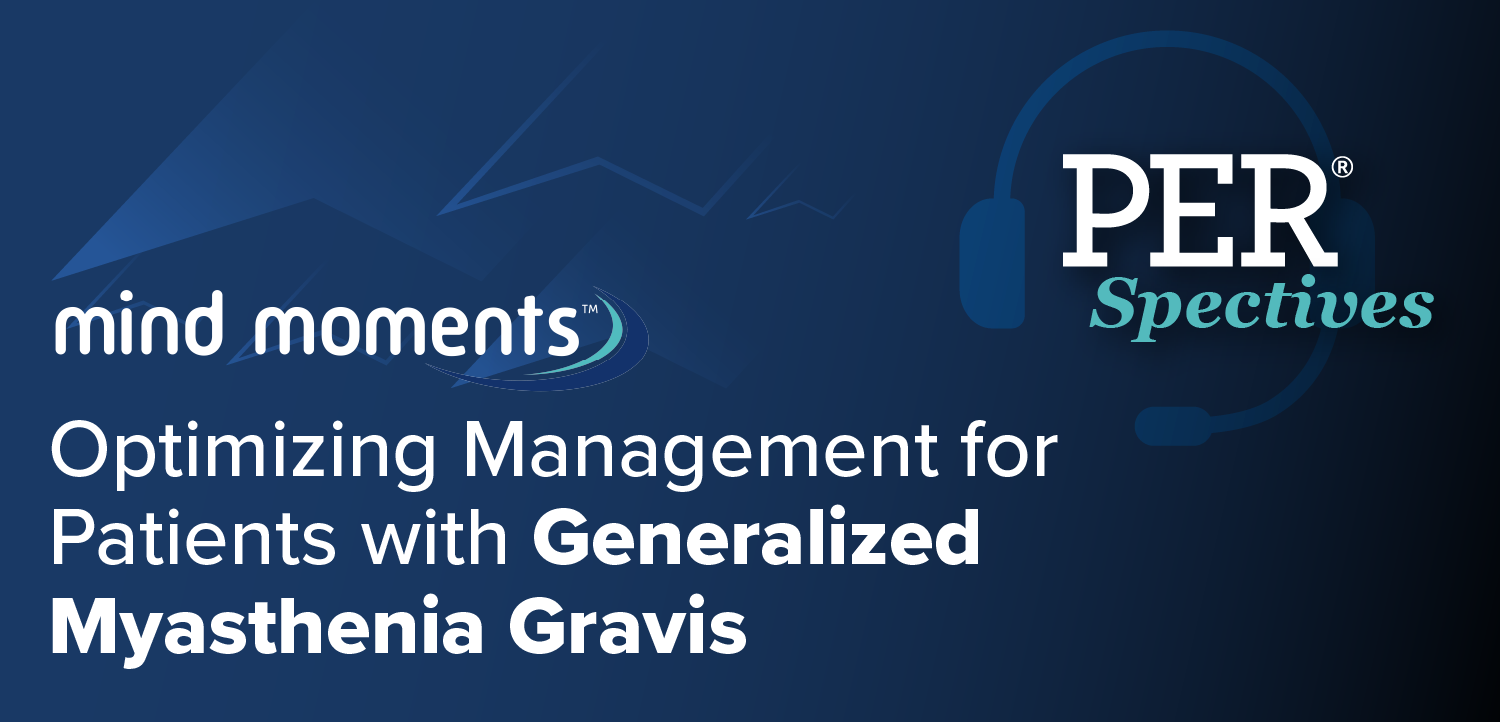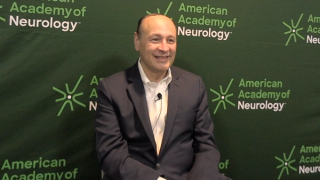
Movement Disorders
Latest News
Video Series

Latest Videos
Shorts
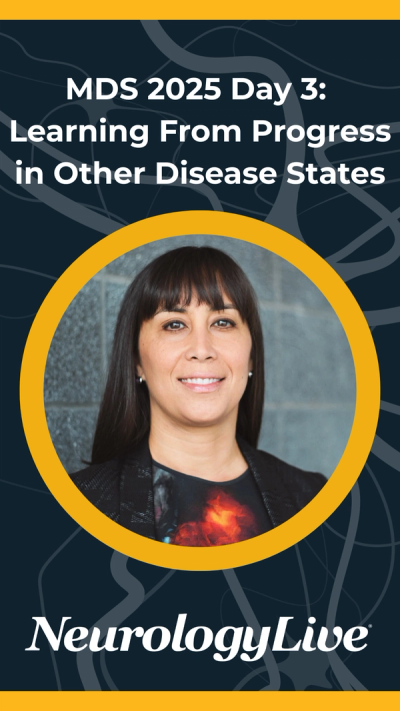


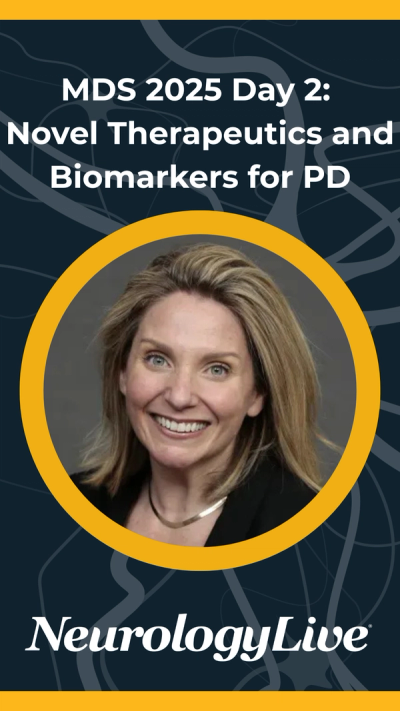

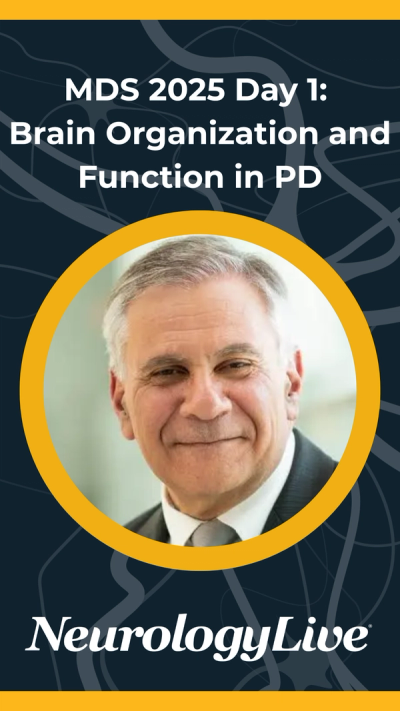


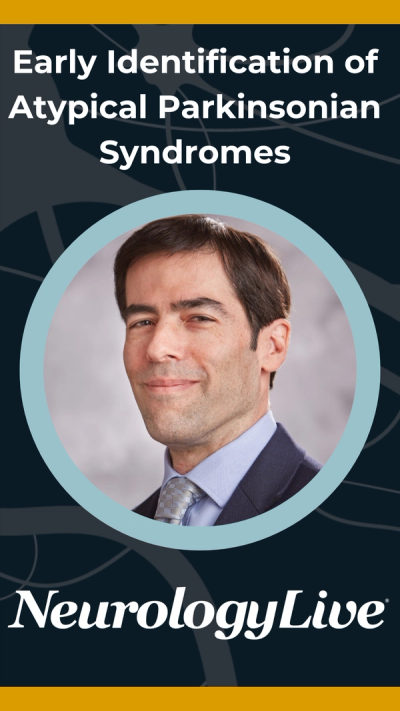
Podcasts
CME Content
More News

A new study reported that children and adolescents with Tourette syndrome on dopamine D2 receptor antagonists had higher rates of psychiatric and metabolic adverse events than those unexposed.

Late breaking data from a phase 1 trial presented at MDS 2025 showed that cell therapy UX-DA001 demonstrated positive efficacy in a woman with moderate-to-advanced Parkinson disease.
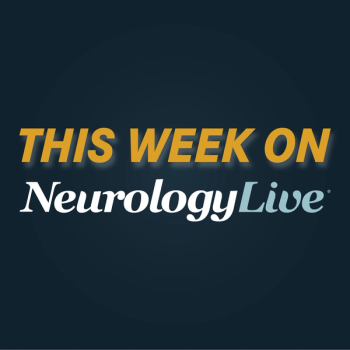
Here's some of what is coming soon to NeurologyLive® this week.

An interim analysis from TEMPO-4, presented as a late-breaker at MDS 2025, showed that tavapadon showed sustained long-term safety in Parkinson disease.

A phase 3 trial presented at the 2025 MDS Congress suggests that staged, bilateral magnetic resonance–guided focused ultrasound may improve motor symptoms for patients with Parkinson disease who experience motor complications.

A phase 2 study presented at 2025 MDS revealed that onabotulinumtoxinA significantly improved tremor-related disability compared with placebo in patients with upper limb essential tremor.

In phase 2a trial presented at MDS 2025, findings showed that VTX3232 achieved drug levels in plasma and cerebrospinal fluid that exceed the IC90 for NLRP3 inhibition by more than 3-fold.

New real-world data presented at MDS 2025 demonstrated that foslevodopa/foscarbidopa reduced motor fluctuations and improved quality of life in patients with advanced Parkinson disease over 6 months.
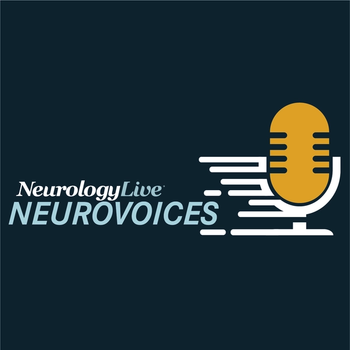
In this post-meeting Q&A, Claire Henchcliffe, MD, PhD, president-elect of the AALN, shared her reactions to AALN’s second annual meeting, the conversations that mattered most, and how the group plans to broaden and support neurology leadership in the year ahead.
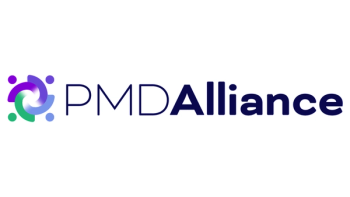
PMD Alliance unveils a revamped website, enhancing accessibility and resources for the movement disorder community as it celebrates its 10th anniversary.

Johan Luthman, executive vice president and head of R&D at Lundbeck, discussed the rationale behind amlenetug, its mechanism of action, and the company’s ongoing efforts in multiple system atrophy through the phase 3 MASCOT trial.

Allison W. Willis, MD, MS, associate professor of neurology at the University of Pennsylvania School of Medicine, provided an overview of hot topics from the ANA 2025 program.

Here's some of what is coming soon to NeurologyLive® this week.
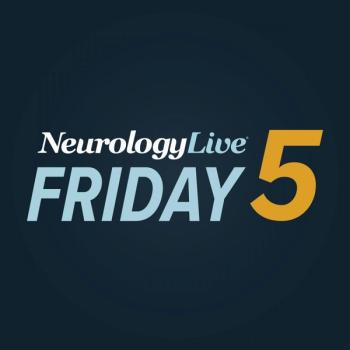
Take 5 minutes to catch up on NeurologyLive®'s highlights from the week ending October 10, 2025.

New data reveals bemdaneprocel, an innovative cell therapy for Parkinson disease, shows promising safety and efficacy over 36 months, paving the way for future trials.

A new phase 2 trial explores probiotics' potential to alleviate depression and mood disorders in patients with Parkinson disease, linking gut health to mental well-being.
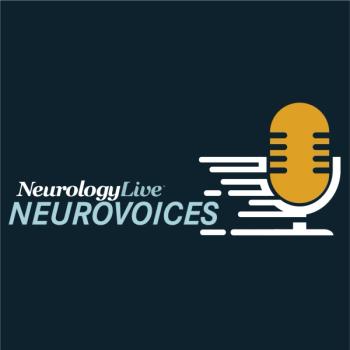
The neurologist at University of British Columbia discussed how abnormal brain plasticity influences Parkinson progression and highlighted the importance of integrating basic science with clinical care.

Results from the extension phase of the IB1001-203 study, presented as a late-breaker at MDS 2025, suggest N-acetyl-L-leucine prevented worsening of disease progression in patients with ataxia-telangiectasia.

New heatmap analysis reveals continuous apomorphine infusion significantly improves ON time and reduces OFF episodes in patients with Parkinson disease.

In the MOXIe open-label extension study presented at MDS 2025, omaveloxolone treatment was associated with no significant disease progression in bulbar function or upper limb coordination.
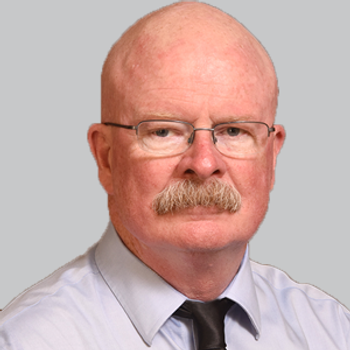
Valbenazine shows significant improvements in physical, social, and emotional outcomes for tardive dyskinesia patients, as revealed in a recent study.

Here's some of what is coming soon to NeurologyLive® this week.

New real-world data confirms the safety and tolerability of high-dose apomorphine infusion for advanced Parkinson's disease, enhancing treatment options.

A phase 2 study shows risvodetinib improves safety and symptoms in early Parkinson disease, suggesting potential as a disease-modifying therapy.

New research highlights ecopipam's effectiveness in reducing Tourette syndrome symptoms and relapse risk in children, offering a promising treatment alternative.

